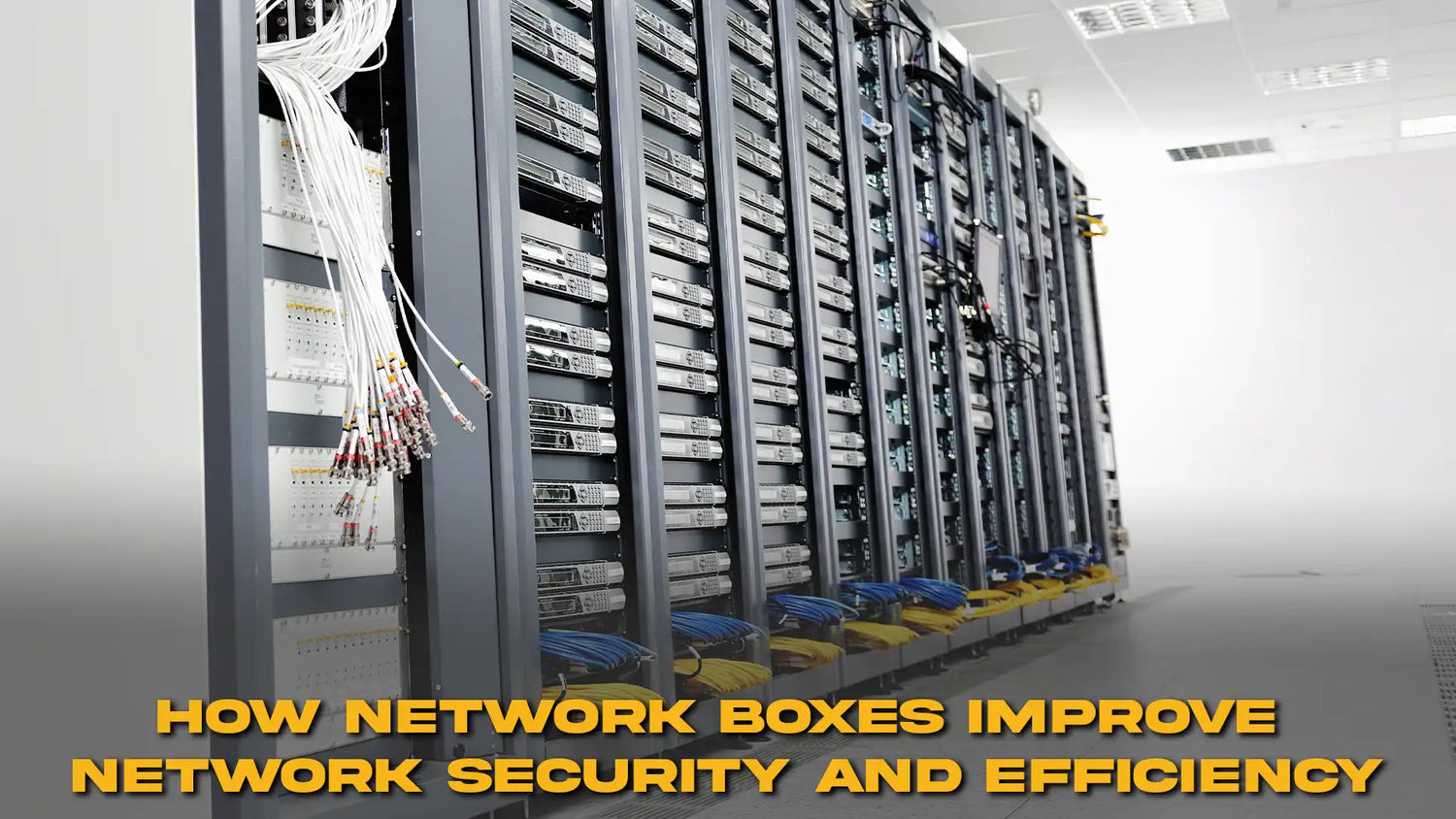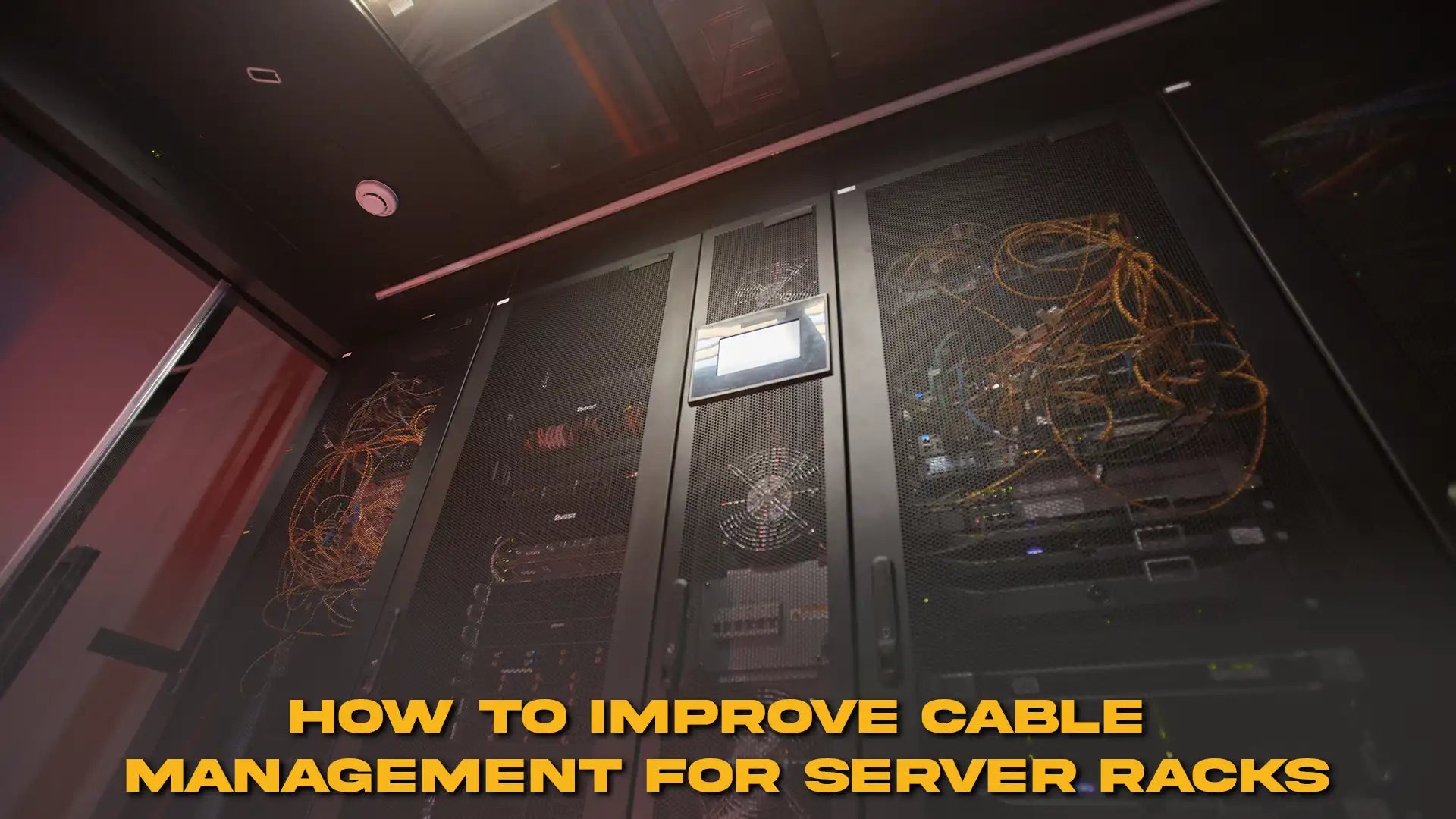The proliferation of interconnected devices and the increasing level of digital threat sophistication necessitate robust, consolidated hardware-based solutions for the network perimeter. The modern network box is specifically made to do just that, serving as a key convergence point for a number of key infrastructure services. In this essay, the mechanisms through which a specialized network box enhances the defensive position and operational capabilities of organizational networks are examined. Merging enhanced security and management power in a single appliance represents a paradigm shift toward centralized management and efficient resource use, making the network box a component of future-proof IT architecture.

The Dual Role in Cybersecurity: Defense and Confidentiality
The principal value added by a network box to the modern enterprise is its built-in security package. These integrated boxes go beyond the simple routing function to provide multilayered protection, something that is necessary given the sophistication of modern cyberattacks. The hub of this protection are the firewalls of network boxes. These stateful inspection firewalls operate at the heart of the appliance, scrutinizing incoming and outgoing data packets against defined rulesets. This process effectively isolates the internal network from unauthorized outside access, and it inhibits threats such as denial-of-service attacks and port scanning. The performance of firewalls in network boxes is solely responsible for the strength of the perimeter.
Other than perimeter control, maintaining data confidentiality, particularly for remote access as well as site-to-site exchange, is relevant. This is achieved through installing a network box with VPN support. Virtual Private Network (VPN) capabilities allow one to establish encrypted tunnels such that data being transmitted over publicly owned infrastructure, i.e., the internet, will never be decipherable by intercepting parties. The inclusion of data encryption for network boxes, typically utilizing protocols like IPsec or SSL/TLS, is non-negotiable for organizations that handle sensitive or regulated information. This encryption mechanism enforced by hardware safeguards confidential business information during transmission and remote session access, and it is a cornerstone of modern security policy.

Another aspect the evolving threat landscape demands is anticipatory threat detection. Sophisticated appliances may have network intrusion detection systems (NIDS) and intrusion prevention systems (NIPS). These features continuously monitor network traffic streams for patterns of malicious activity, e.g., malware signature or unauthorized access attempts. Upon detection of a threat, the network intrusion detection systems can automatically block the suspect traffic or log the event with NIPS, providing an instantaneous response function. The combination of these robust network box security features, firewalling, VPN encryption, and intrusion detection, creates a fortified and constantly vigilant network environment, ensuring comprehensive protection.
Operational Excellence: Optimizing Traffic Flow and Resource Utilization
In addition to providing security, the modern network box assists a great deal in operational efficiency by providing advanced network management tools and performance analysis. High speed data centers and remote office environments require efficient network traffic management to ensure that mission critical applications receive priority bandwidth.
The built-in advanced Quality of Service (QoS) features in a network box allow IT administrators to prioritize the types of traffic and allocate bandwidth according to business needs. For example, voice-over-IP (VoIP) and video conferencing traffic can be prioritized ahead of typical web browsing, reducing latency and providing clear communication. Such detailed access to resource allocation is essential to optimize performance across a wide range of workloads. Secondly, routing protocols within the appliance are also optimized for traffic control over the network, dynamically distributing the shortest and least congested paths to send data, directly reducing packet loss and overall latency across the infrastructure.

Monitoring continuously relies heavily on the ability to impose uniform standards of behavior. This is where network box performance monitoring comes in handy. These devices typically come equipped with integrated dashboards and logging capabilities that document such metrics as bandwidth usage, CPU capacity, memory consumption, and connection latency in real time. By providing deep visibility into network operations, performance monitoring in network boxes enables administrators to identify bottlenecks before they lead to service degradation. This proactive method of resource management is key to uptime and end-user satisfaction.
Deployment and Maintenance Considerations
While functionality is of paramount concern, physical appliance placement also directly impacts its effectiveness and security stance. Secure network box installation guidelines are required to have the appliance physically secured and well integrated into the network infrastructure. This may involve where the network box is located in a secure, controlled environment, generally a locked server cabinet, to prevent physical tampering by unauthorized staff. Moreover, the initial configuration, with default settings fortifying, disabling unwarranted services, and establishing secure administrative credentials, is a prerequisite for secure network box deployment. An improperly configured device, regardless of how feature-laden, is a huge liability.
The management of the built-in features is made easy through the single-platform approach of the network box on a continuous basis. Managing multiple diverse devices for firewalling, VPN termination, and intrusion detection is inherently complex and susceptible to configuration errors. By combining these services, the network box eliminates patch management, policy enforcement, and troubleshooting challenges, leading to reduced operational overhead. This unification, underpinned by reliable network box security features, ensures that organizational defenses are consistently maintained and efficiently updated against emerging threats. The inclusive character of the contemporary network box therefore represents a critical element in the quest for both robust security and efficient operational streamlinedness within the digital enterprise.
Continuous Improvement Through Intelligent Automation
The newly established modern network configurations are based on intelligent automation that learns and adapts according to the business needs. At the same time, the traditional approach of dealing with network issues through manual intervention fades away. The new wave of technologies, such as the deployment of AI-optimizing tools in the network boxes, is currently redefining the traffic pattern handling and resource bottleneck predicting, and, thus, more than that, the whole network management technique of the enterprise. On the other hand, the new set of algorithms will soon be able to make all these adjustments in the network automatically without any human intervention. First of all, the whole process of the network will be smoother and better but the network itself will be able to manage routing and QoS through human less intervention, IT teams will only fix the cases where they are called and will devote the rest of their time to strategic development rather than trouble-shooting the crises.
The technology has ushered in new forms of supervision which are not necessarily human, the performance data and analysis loops are in charge of the network's transition to a more sophisticated stage. The company now enjoys the benefits of the system that detects problems before they arise and the infrastructure that is being constantly improved. There is indeed a flip side to this transition because it poses a challenge to organizations in terms of the amount of human monitoring required as well as the extent to which technology can be relied upon. Of course, the rule is that if expertise is automated, it will be replaced, otherwise, it will be trained through the process of augmentation itself. The shift of the wired network box operations towards the intelligent automation signifies a turning point in attaining operational excellence characterized by merging of performance optimization and eco-friendly innovation.




Leave a comment
This site is protected by hCaptcha and the hCaptcha Privacy Policy and Terms of Service apply.